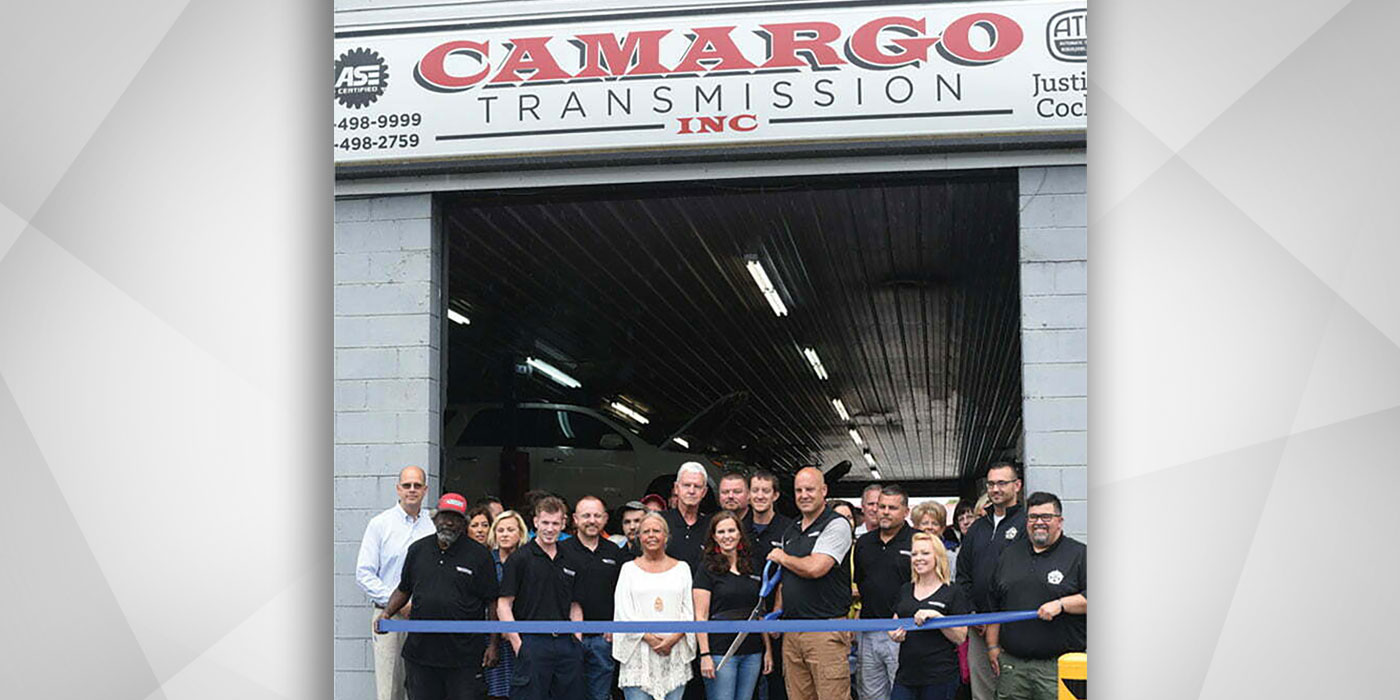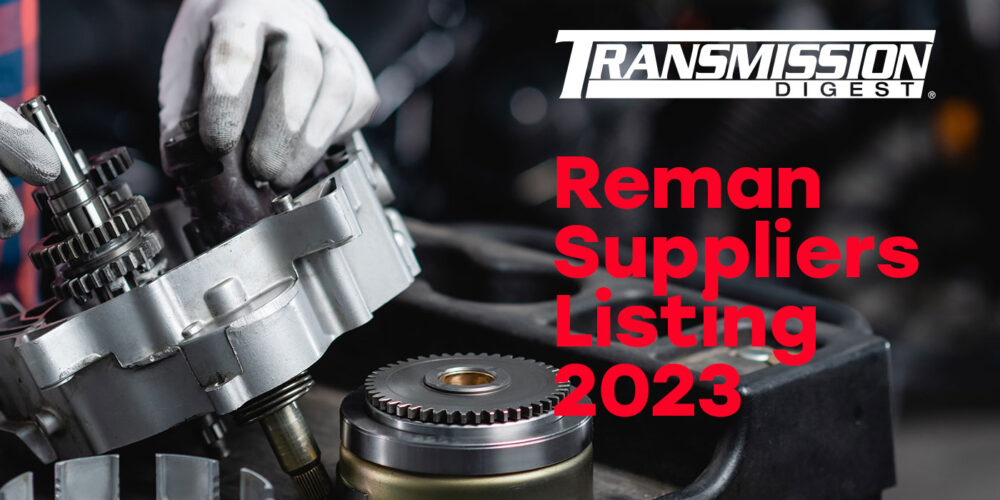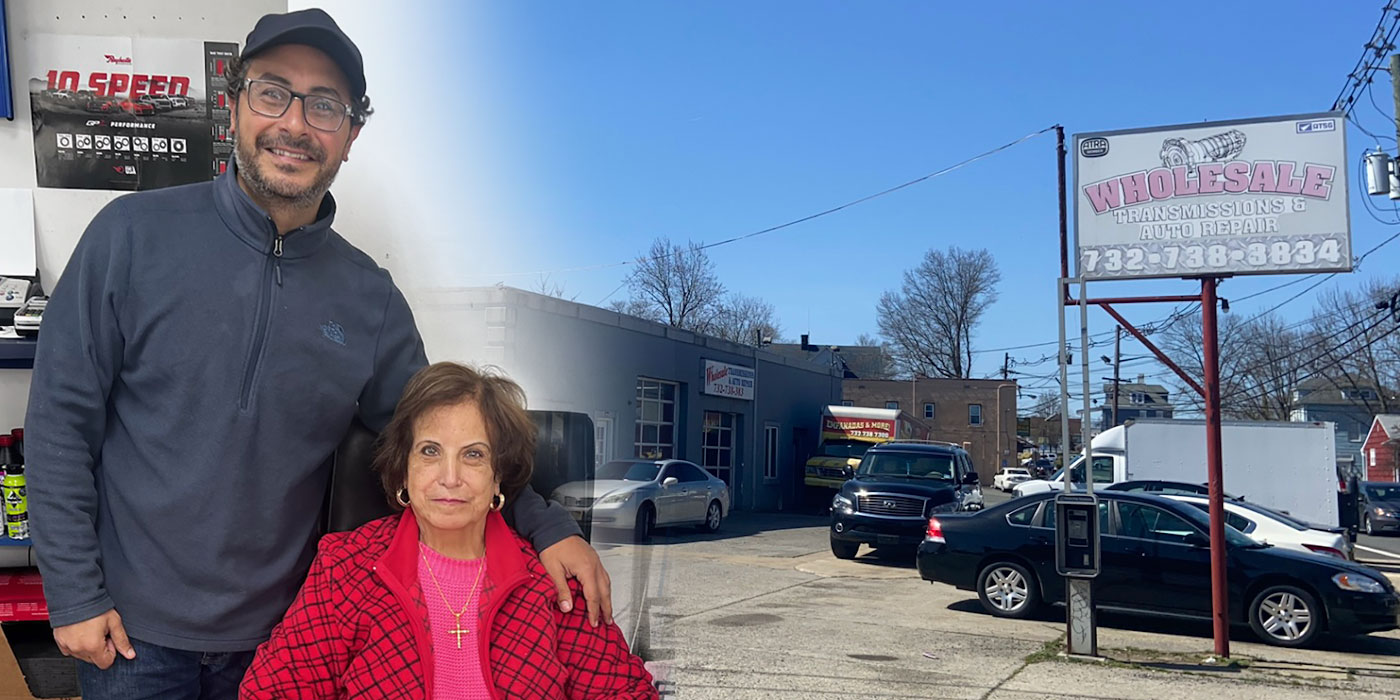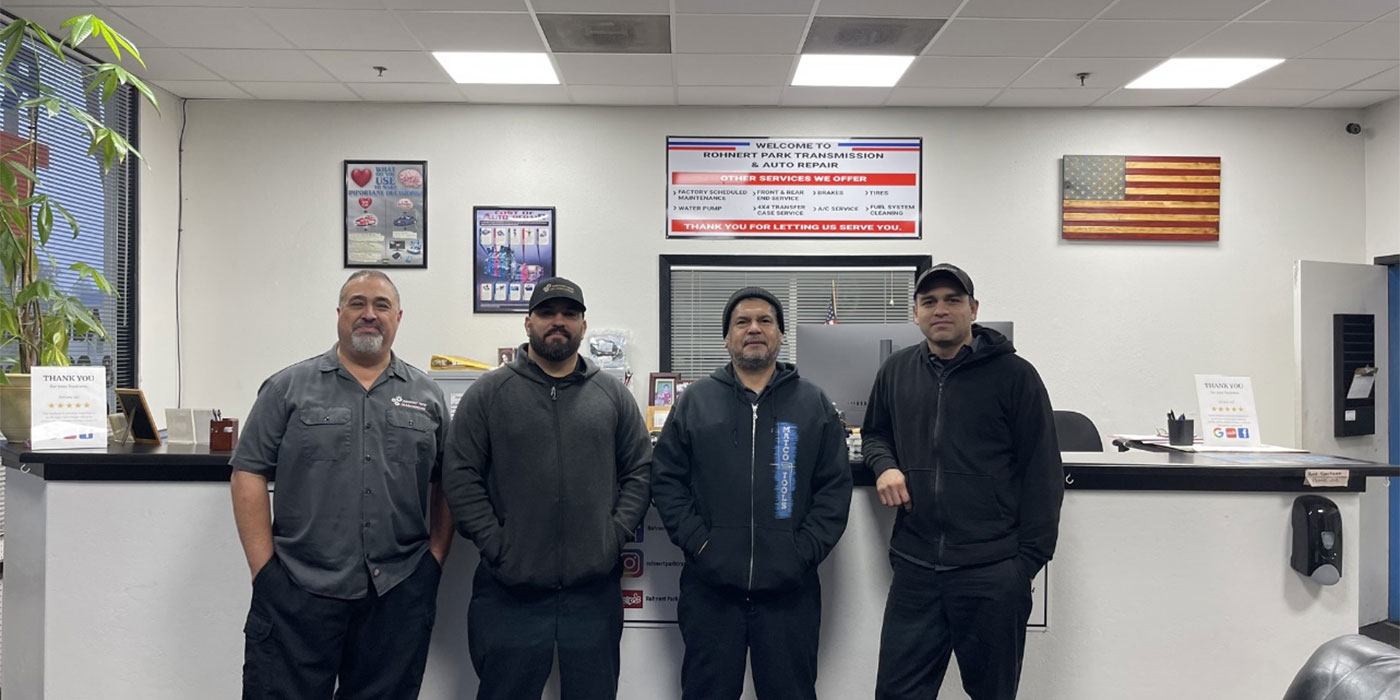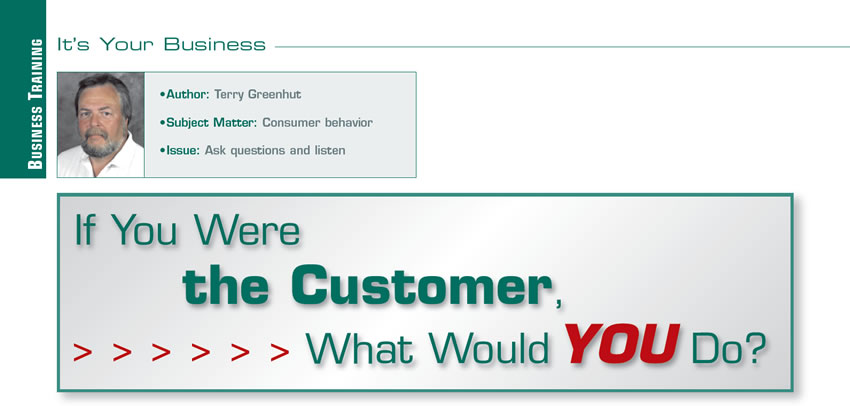
It’s Your Business
- Author: Terry Greenhut
- Subject Matter: Consumer behavior
- Issue: Ask questions and listen
If you owned a car that was eight or 10 years old with 150,000 or so miles on it, no mechanical insurance, and the transmission died; what do you think your course of action would be? Maybe that’s an unfair question because you know so much more about the automotive aftermarket and about transmissions than a normal customer ever could, but as a consumer you still operate based on the same emotions, wants and needs, and budget constraints as most everyone else.
Your choices, like the average consumer, boil down to basically two: You can have it fixed in one of several ways, or you can decide that the vehicle has outlived its usefulness to you and sell, junk or trade it for something new or newer. Your decision will depend upon several factors.
One, of course, being your financial situation at the time.
Do you have the couple or several thousand dollars available to you either through savings, borrowing, or credit-card limit to have the repair performed, keeping in mind that most shops do not extend in-house credit? The next step is, if you make the repair, how long is the rest of the car likely to last? Will you get a return on your investment? Often the decision to have a major repair performed is based on how much has already been spent on repairs and how many other things the customer thinks can still go wrong or need attention.
One of the most important questions is; “How much does the customer like the car?” That one might just trump all of the others. People tend to put a lot of money into keeping cars alive that they really love. Evidence of that is in watching the car restoration shows that are on TV. You will often see people spend three or four times what the car is worth to be able to get it back on the road. It doesn’t have to be any kind of a classic car either. It just has to be one that has some kind of a special meaning to them. That’s why I always asked my customers the question; “How much do you like this car?” If they say they like it or love it, that’s a great sign, but if they say they hate it, that’s the cue for me to ask why? If it’s because the car is costing them money I have to take the questioning a little further.
I would ask, “Did you buy it new or used?” If it was purchased new the customer will probably know its history quite well. If not, it’s just a guess. “How long have you owned it and has it given you good service?” If the vehicle has given good service for a long time, the customer might feel it’s worth putting more money into it; if not, he or she may be at the limit of what they feel it’s prudent to spend on it. “How much have you spent on repairs since you’ve had it?” Even though customers will complain about how much they have spent on repairs over a period of time, you won’t know what that amount is unless you ask. What seems like a lot to some people may not be very much at all.

“Have you had maintenance performed at suggested intervals?”
An affirmative answer would mean the customer really cares about the vehicle and is trying to do the right thing. “Do you have a regular technician performing your maintenance services, or do you go to the shops that happen to be running specials at the time you’re due for service?” Having a regular technician who knows the car and the customer usually leads to warnings given before things go wrong. It also shows that the customer is willing to spend a little extra to have that good ongoing relationship.
If he or she goes to the lowest-price maintenance garage available, the customer only has maintenance performed to keep a clear conscience. Such customers think if they write a check once in a while they’ve taken care of everything.
“If there were no issues with the car how long do you think you would want to keep it?” That one will tell you how much they really like the car.
“Does the same problems keep coming up or are there different ones each time?” People often get frustrated if the same issue keeps arising, making some feel it would be better to dump that car for another one. On the other hand, some get very discouraged by one system after another having problems.
It leads them to think, “If I have this fixed, what’s next?”
“Do you know which components have already been replaced?” A touchy question. You may be opening a can of worms if their list is long. On the other hand, if that’s true, then most of the parts that have already been changed should not have to be replaced again, so you might use that to your advantage.
Tires and brakes don’t count because they are normal wear items replaceable based on mileage, unless something else on the vehicle or the way the owner drives is causing their early failure.
Every one of the preceding questions and their answers can help you apply a usable solution to the customer’s problem and hopefully make him or her decide to keep the car and have you do the work. You just need to carefully listen and analyze their answers so you know what you want to say next.
Just don’t ever make the mistake of promising that if you do this work that nothing else is going to go wrong. There is no way you can keep that promise unless you warranty not only the repairs you make, but the rest of the car as well, and you certainly are not going to do that.

Long-term relationships with customers are one of the most valuable assets a shop can have. The trust that’s developed on both sides leads to repeat business without having to resell the customer each time on why they should do business with you and once you’ve established the price level at which you operate with the customer it is unlikely that in future sales you will have to fight for your price; you’ll tell them what it is and they will accept it because they trust you.
Not only will you have gained their trust but that of any referrals they send you. Since people tend to be friendly with others who have similar backgrounds and wants and needs, the referral customers they send you will likely be pre-qualified for your excellent service.
One of your primary jobs as an owner or manager is to maintain that super high level of service no matter what.
Even in the most frustrating of circumstances, such as when you’ve tried over and over again to get a job right and it just isn’t cooperating, or when the customer is just someone who is very difficult to deal with, you have to keep it together and be the professional you told the customer you were when you were trying to sell the job. You can’t ever come down from your professional pedestal.
In my shops we did everything we could to keep from having comebacks and never leaves, obviously because they ate into our profits and could cause customer confidence and relationship issues. However, owing to the nature of this business, there were times that we did have trouble coming up with a workable solution to a mechanical problem causing multiple comebacks of the same vehicle. To keep myself sane and try to keep a good relationship with my customers, when this type of thing would happen (not often, thankfully) I went into what I call, “Lost Money Mode.” I would tell myself, “OK, you have lost any opportunity to make a profit on this job, so stop trying. Don’t even try to save money on the fix no matter what you already have in the job; just fix the car and try to salvage the relationship.” That was the only way it all made any sense to me. Losing money and time messing around by trying to find a cheap fix to solve a problem was just going to hurt production and reduce the chance that I could make money on the other jobs in the shop.
I needed the problem handled quickly and satisfactorily so I could get my focus off of it and back onto profitable endeavors.
Comebacks, to me, were like the song title by the group The Brooklyn Bridge, “The Worst That Could Happen.” They were to be avoided at all cost because they cost more than most anything else that can go wrong in the shop. If you have too many of them, you can lose enough customer confidence, over time, to put you out of business.
You can manage your comeback rate by following good procedures and keeping good communication lines open. If you take the time and use the necessary equipment to diagnose the problem correctly, if you sell the job well so that there is enough money to do it right, if you buy and use only high-quality parts, if you make sure that your techs are always up to speed by providing them with proper training, and if you keep in good communication with your customer during and after you perform the work your comeback rate can be almost negligible. That gives you more confidence in dealing with your customers and makes you far more believable when you tell customers the benefits of doing business with you. So if you were a customer who was impressed with someone like you, you might just be willing to take a chance and go ahead with that expensive repair on that older car that you might have otherwise decided had seen its day.





